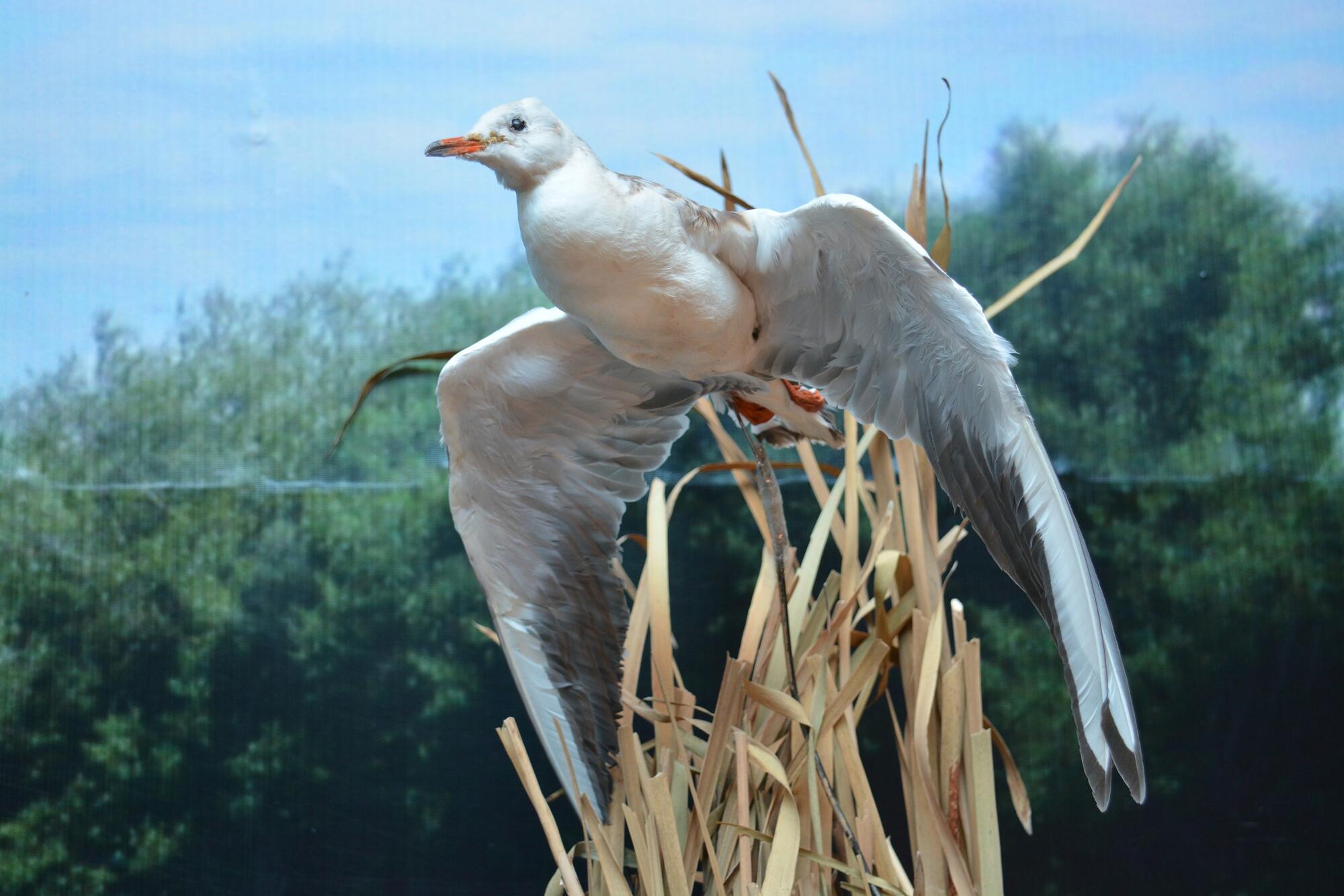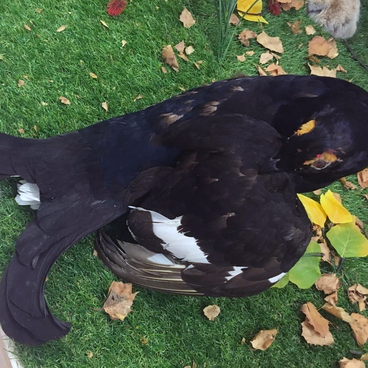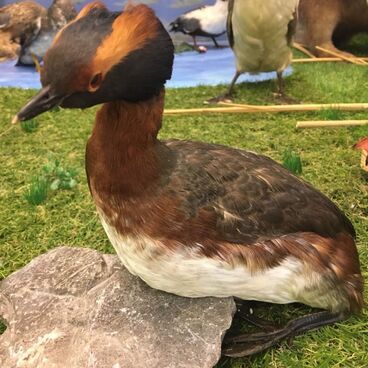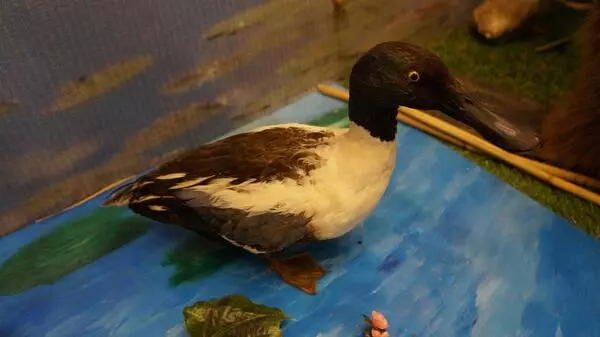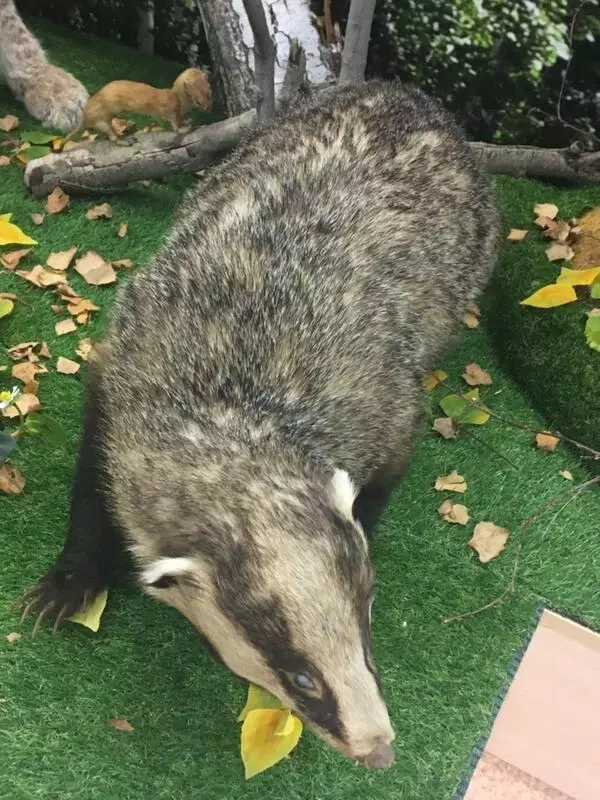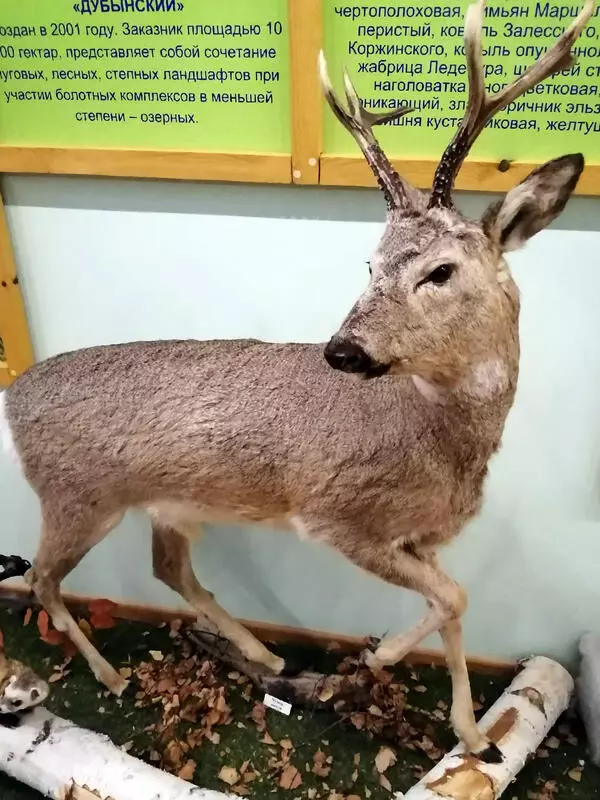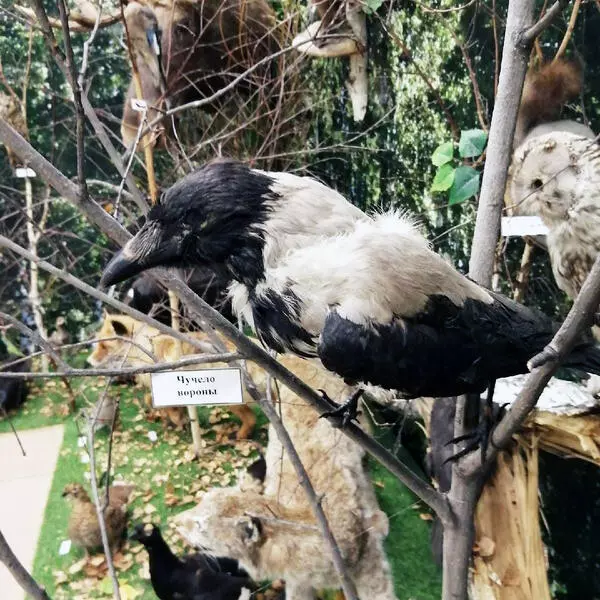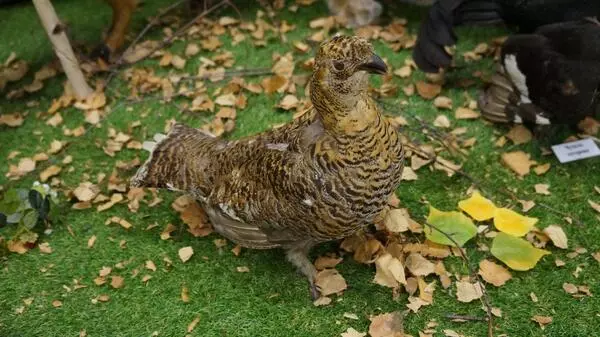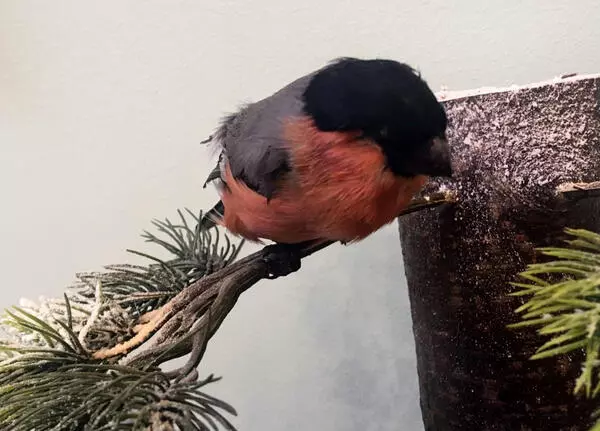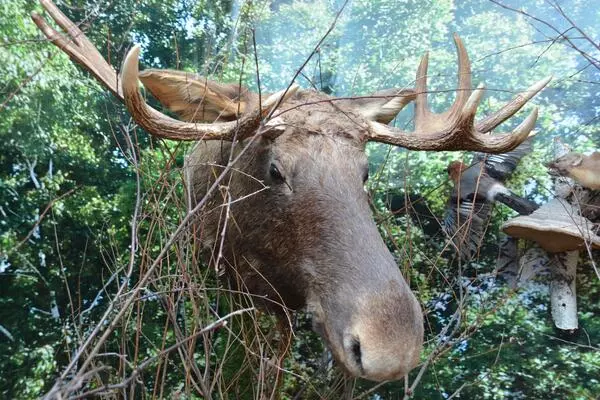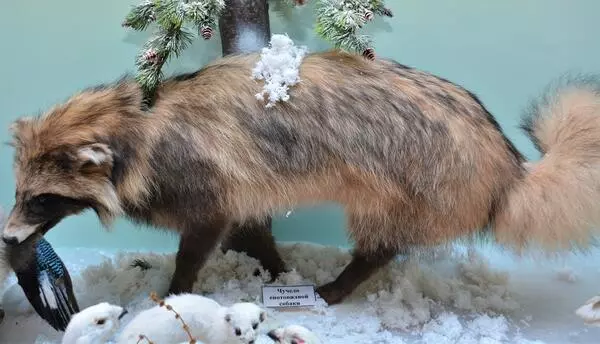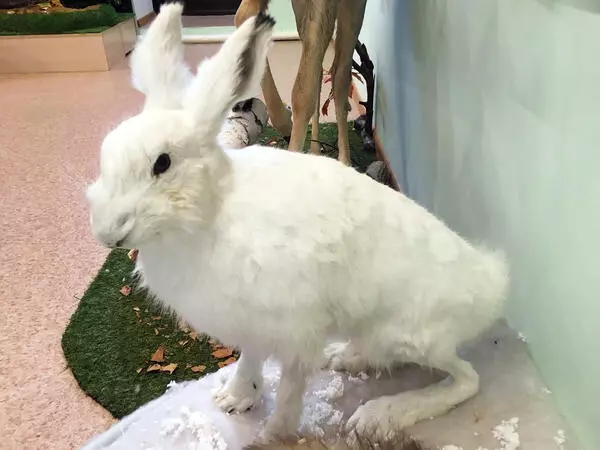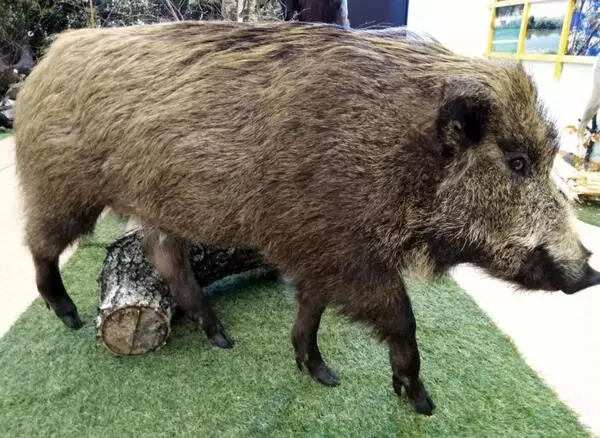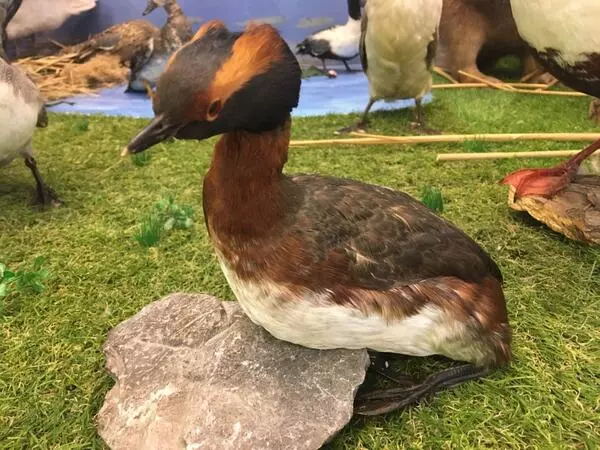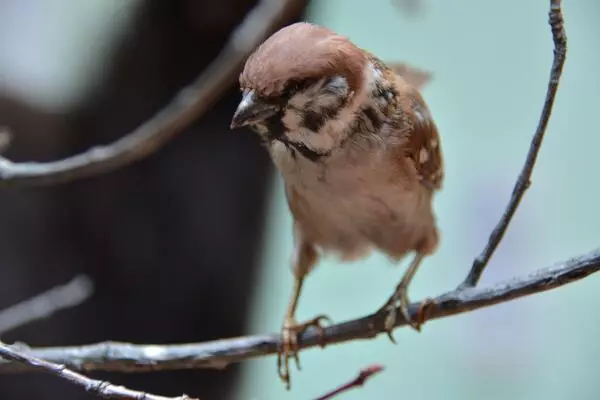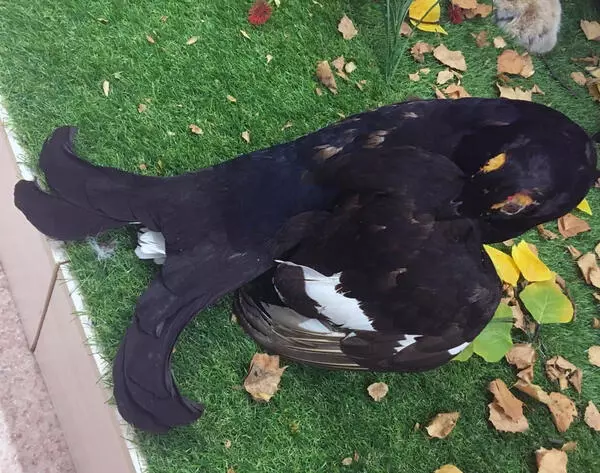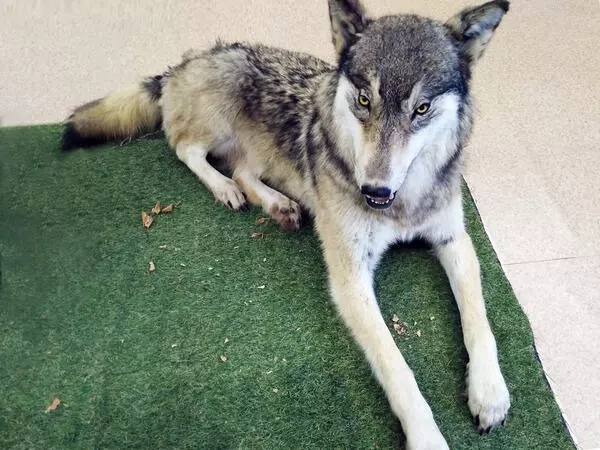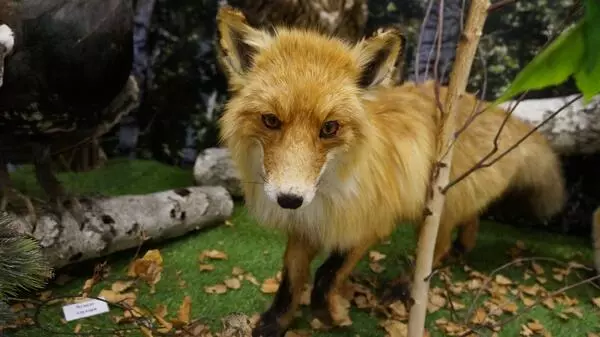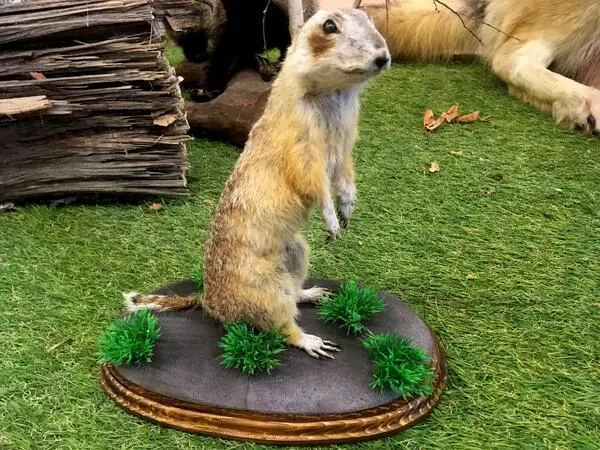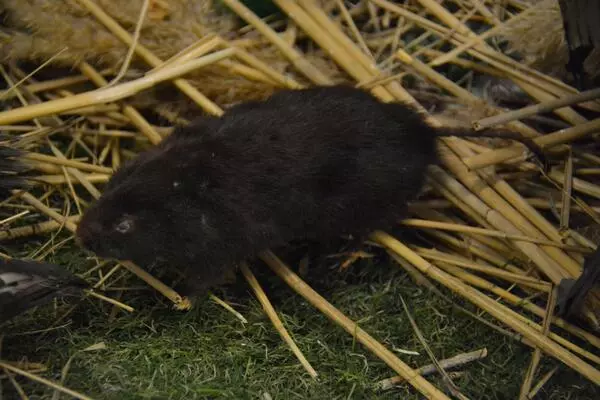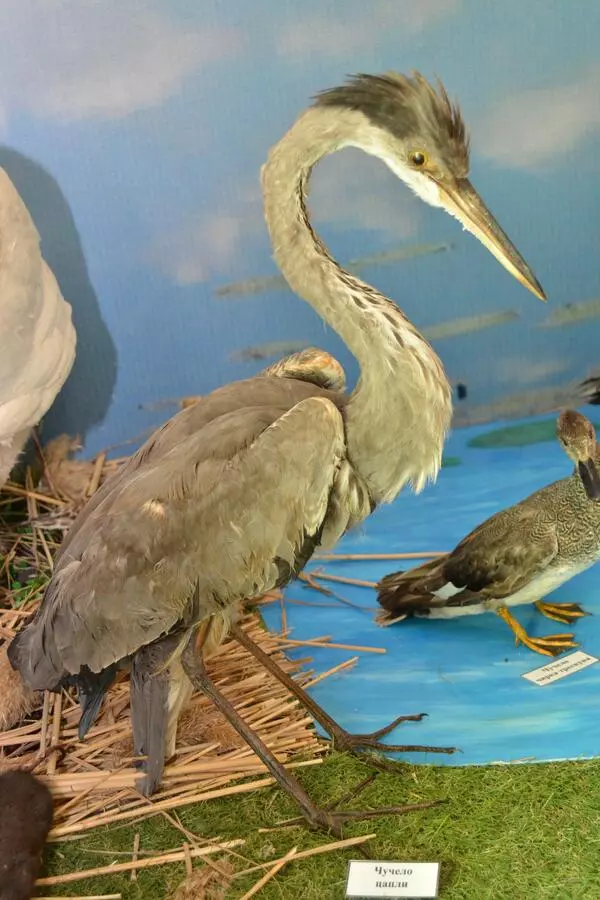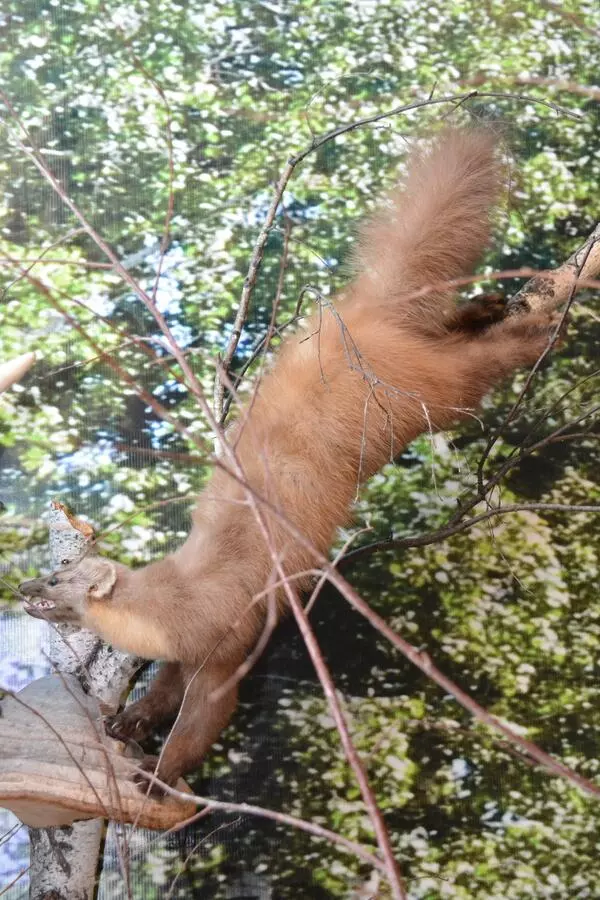The Laridae /'lərəˌdē/, or gulls, is one of the most popular and largest bird families. The first gull species appeared as far back as in the Oligocene—about 30 million years ago. Gulls swim well, walk sure-footedly, and fly perfectly. However, they almost never dive. Gulls inhabit sea and inland water areas and residential areas. In cities, they usually compete with crows and pigeons for access to the best waste.
All gulls are easily recognizable, but it is sometimes hard to tell different gull species from each other. Their characteristic features include a massive body, long curved wings of medium length, and a short tail. The bill shape can be either slender and pointed or massive and hooked. The gull has perfectly webbed feet.
Some gull species are a robin’s size, while others are almost as large as a goose. For example, the little gull weighs just between 100 and 150 grams, and its wingspan reaches 70 centimeters. The great black-backed gull can weigh up to two kilos, while its length measures about 79 centimeters with a wingspan of up to 170 centimeters. Most gulls are medium or large birds.
The most frequent color of the coat is white or pale grey, often with black markings on the head and wings. The color of the plumage changes depending on the gull’s age and the season but, as a rule, remains contrasting with dark upper parts and pale or white lower parts. Researchers believe that their white belly helps gulls to stay unseen by the fish they prey on. Young and immature birds look somewhat different from adult gulls. Most of their coat is covered with dark spots and bands—this camouflage disguises young gulls from predators.
All gull species are monogamous. A gull pair typically stays together for a long time. During the mating season, the male’s courtship includes bringing the female food. It is also his task to choose a fitting location for a nest and build it. The belly of smaller gull species, such as the ring-billed gull or the slender-billed gull, develops pale pink or nude shades for the mating season. The shades disappear shortly after the season.
All gulls are easily recognizable, but it is sometimes hard to tell different gull species from each other. Their characteristic features include a massive body, long curved wings of medium length, and a short tail. The bill shape can be either slender and pointed or massive and hooked. The gull has perfectly webbed feet.
Some gull species are a robin’s size, while others are almost as large as a goose. For example, the little gull weighs just between 100 and 150 grams, and its wingspan reaches 70 centimeters. The great black-backed gull can weigh up to two kilos, while its length measures about 79 centimeters with a wingspan of up to 170 centimeters. Most gulls are medium or large birds.
The most frequent color of the coat is white or pale grey, often with black markings on the head and wings. The color of the plumage changes depending on the gull’s age and the season but, as a rule, remains contrasting with dark upper parts and pale or white lower parts. Researchers believe that their white belly helps gulls to stay unseen by the fish they prey on. Young and immature birds look somewhat different from adult gulls. Most of their coat is covered with dark spots and bands—this camouflage disguises young gulls from predators.
All gull species are monogamous. A gull pair typically stays together for a long time. During the mating season, the male’s courtship includes bringing the female food. It is also his task to choose a fitting location for a nest and build it. The belly of smaller gull species, such as the ring-billed gull or the slender-billed gull, develops pale pink or nude shades for the mating season. The shades disappear shortly after the season.
